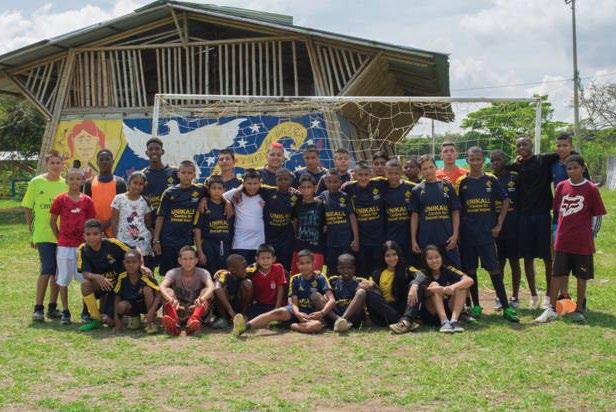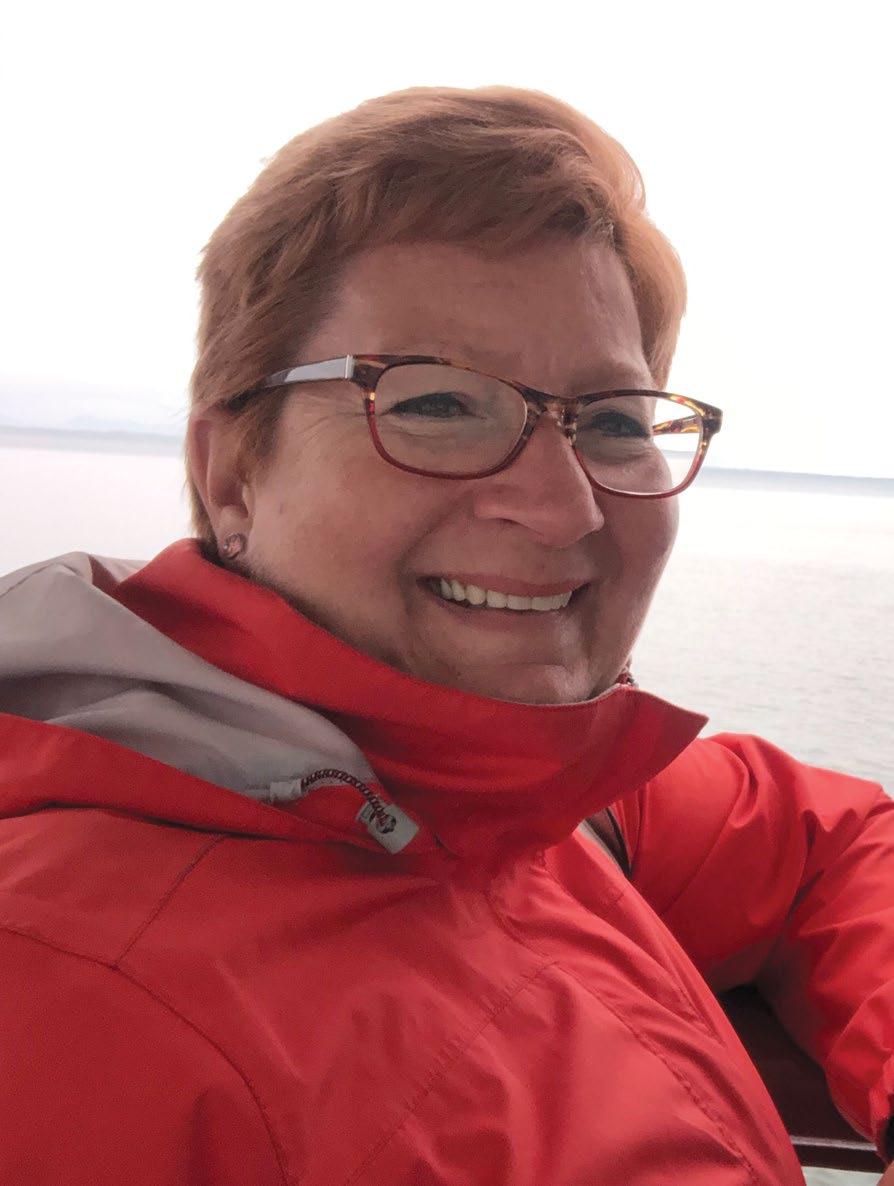
11 minute read
THE LEAD IN
The World Around Us
An Island Paradise Confronts a Pandemic
Many times, the test results for Bermuda showed no new cases of COVID-19. None. On the entire island. Just under 700 total cases since the outbreak, and 12 deaths. By early February, about ten thousand residents had been vaccinated.
And help was in place because of the foresight of the philanthropic leadership. The Bermuda Community Foundation for those who want to invest in their community was only established in early 2013, a fortuitous vision. The organization was a prime factor in the island being able to respond to COVID-19 in a way that supported the sector and Bermuda’s people overall.
Bermuda has a nonprofit sector of about 600 registered and non-registered charitable agencies. A substantial obstacle to nonprofits is a shortage of funding. Individuals are the largest source of charitable giving; however, fifty-six percent of households donate less than $500 a year to nonprofits, according to the latest available research. In the corporate sector, 56 percent of business donors contribute less than $50,000 annually. Donors identified housing, crime, drugs and education as Bermuda’s top priorities but with the funding being so fragmented, the full impact of those dollars is not realized.
To tackle the growing funding challenges, increasing social needs and the need for far better administration, evaluation and information on nonprofit sector impact, groups of donors, charity and nonprofit representatives began to seek solutions, which included access to significant untapped philanthropic dollars, pooling of funds to have greater impact and reduction in philanthropic administrative costs.
With the arrival of the virus at a time when not-for-profit organizations and donors are more stretched than ever, Bermuda had an unprecedented opportunity to build a sustainable source of support for its civic sector. Bermuda Community Foundation is the first of its kind to mobilize and funnel resources strategically, while sustaining a focus on the continuing and changing needs of Bermuda.
The Bermuda Emergency Fund saw more than $2,200,000 (BD) in pledges and contributions by September of last year and continued into this year. Deployment of the funds was swift and effective.
Funds have been deployed to support the EMO COVID-19 Community response which includes: Making quarantine calls and checking in on individuals in the community; Serving as first responders who need services/equipment including mental health support; Directing and coordinating services with the EMO in terms of disaster planning support; Supporting and coordinating homeless shelter needs and transporting individuals to testing centres.
Organizations receiving funding support include Bermuda Red Cross, Salvation Army (The) - Bermuda Division, St. John’s Ambulance, Food Security / Distribution / Support to Marginalized Families – ($771,812), Medical Care / Health Support / Distribution of Meds – ($288,932), Mental Health Support & Substance Use and Abuse – ($120,825), Safety / Protection from Domestic Violence / Abuse – ($95,000), Seniors Services / Nursing Homes – ($273,590), Unsheltered / Homelessness and Related Substance Abuse – ($248,678), Miscellaneous Administration & Communications ($2,686)
At times, requests for help are currently exceeding resources so are being assessed to ensure they meet criteria of national pandemic needs.
The Foundation uses a simplified application process to issue grants and set criteria to use limited funds to maximum impact. This community fund is poised to distribute stabilizing funding to nonprofit organizations to strengthen their operations during this incredible time of need. Periodic progress reports and a final impact report will ensure that funds have been utilized as intended.
And that calls for a nice tall drink at The Swizzle Inn or The Hog Penny. Your choice, you’re buying.
The Swizzle Inn

January/February 2021 | Vol. 2 | No. 7
www.foundationmag.ca
Twitter: @foundationmaga1
PRESIDENT / EDITOR-IN-CHIEF
Steve Lloyd - steve.lloyd@lloydmedia.ca
DESIGN / PRODUCTION
Jennifer O’Neill - jennifer@dmn.ca
PHOTOGRAPHER
Gary Tannyan
CONTRIBUTING WRITERS
Cynthia Armour Matt Dubins Kristina Brunnler Amy Eisenstein Malcolm Burrows Claire Fan Sarah Chamberlin Rannella Billy-Ochieng Michelle Chambers Gail Perry Grant Cobb Naomi Powell Kathleen Provost Valentina Suarez Roxanne Tackie The FundRazr Team
LLOYDMEDIA INC. HEAD OFFICE / SUBSCRIPTIONS / PRODUCTION:
302-137 Main Street North Markham ON L3P 1Y2 Phone: 905.201.6600 Fax: 905.201.6601 Toll-free: 800.668.1838
EDITORIAL CONTACT:
Foundation Magazine is published bimonthly by Lloydmedia Inc. Foundation Magazine may be obtained through paid subscription. Rates: Canada 1 year (6 issues $48) 2 years (12 issues $70) U.S. 1 year (6 issues $60) 2 years (12 issues $100) Foundation Magazine is an independently-produced publication not affiliated in any way with any association or organized group nor with any publication produced either in Canada or the United States. Unsolicited manuscripts are welcome. However unused manuscripts will not be returned unless accompanied by sufficient postage. Occasionally Foundation Magazine provides its subscriber mailing list to other companies whose product or service may be of value to readers. If you do not want to receive information this way simply send your subscriber mailing label with this notice to: Lloydmedia Inc. 302-137 Main Street North Markham ON L3P 1Y2 Canada.
POSTMASTER:
Please send all address changes and return all undeliverable copies to: Lloydmedia Inc. 302-137 Main Street North Markham ON L3P 1Y2 Canada
Canada Post Canadian Publications Mail Sales Product Agreement No. 40050803

THE FUNDRAISING REPORT FUNDRAISING
15 Tips, Ideas + Insights To Fill Your Donation Jar

3 THE LEAD IN

6 SEEN, HEARD & NOTED
COLUMNIST
8Charity Armageddon?
Wealth Management - Malcolm Burrows
10 The Opportunity of a Lifetime
Leadership - Kathleen Provost
12 Investing in Mental Health Matters
40
SOURCE: RBC ECONOMICS, RBC DATA AND ANALYTICS
FUNDRAISING REPORT
16 Ten Virtual Fundraising Campaign Ideas for Lockdown 20 Four Factors in Fundraising Success for 2021 22 Five Reasons to Decline a Donation 24 Top Five Fundraising No-Brainers for Nonprofit Professionals in 2021 26 Ten Ways to Get Organized to Approach Major Donors 28 Three Ways Direct Mail Supports Your Crowdfunding Campaign 30 What You Learn When You Analyze Twitter on Giving Tuesday 34 Five Tips for Supporter Care in COVID Times
42
MY VIEW
39 From the Sidelines to the Field
STRATEGY
40 COVID-19 Upends the Charity Playbook
For Canadian charities, innovation is one path to success.
AFP REPORT
42 AFP Canada Chair Ken Mayhew:
A Facilitator of the Goals and Vision of Others
COMMENT
46 Hindsight is 20/20: Hopeful Reflections from the Field
Next Issue…
Coming in March 2021: .... Corporate philanthropy, animal welfare and rescue, estate planning and inside data/analytics.
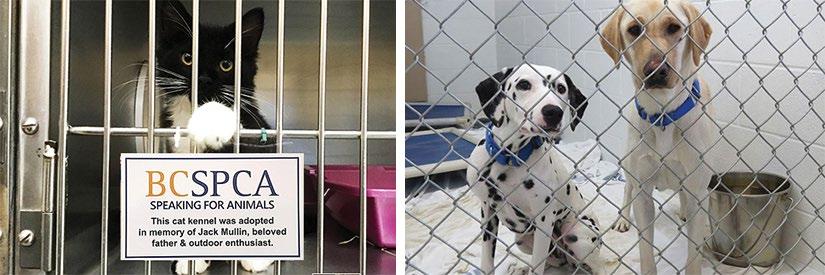
What Assets Do You Have That You Can
Leverage? Finding ways to mitigate the loss of donor revenue during the absence of in-person events due to the pandemic is leading to a wide range of creative solutions. One of the most effective and brilliantly simple may have come from the BC SPCA. While people continued to adopt animals from their kennels, what struck someone was that people like to sponsor things to recognize a person they love and there was opportunity right in front of the society. The actual kennels. Why not allow people to “adopt” a kennel and, presto, open the door to a brand new fundraiser. Adopt-A-Kennel 2021 will raise money for the society without needing to gather people together, nor does it do much to nudge their costs up. What’s more, it garnered the BC SPCA much-needed media attention. “When you adopt a kennel for a year, that allows us to provide the most urgent and needed care for the animals that are with us,” Sean Hogan, the Kelowna branch manager, told Black Press. “One of the things that make this campaign critical is just the very fact that COVID has completely obliterated all in-person fundraising,” Hogan told Global News. Cat kennels are going for $400 for a year, while dog kennels are $1,000. Enthusiasts can also sponsor a cat or dog activity space for $750. Is this an idea that your charity can use in some way? Worth considering. • • • • • • • • • • • • • • • • • • •
COURTESY BC SPCA group walk (you can guess why) so St. Vincent Place in Sault Ste. Marie decided to take it online, kind of. St. Vincent’s is a shelter for men, a soup kitchen and a food bank. Walkers usually start at the shelter and make their way as an entourage along a downtown route. Initially, the shelter’s marketing and fundraising coordinator Sara McCleary wanted to offer participants two options: do the walk alone; or go in a small group in compliance with the government’s pandemic restrictions. But when a new stay-at-home order became necessary, a decision was made to ask walkers to walk alone or where they can. The chooseyour-own walk idea means that all the signup and
record-keeping are virtual but that individual donors are taking individual paths. The CNOY event drew more than 230 participants last year who collected more than $75,000. St. Vincent Place’s kitchen provided roughly 10,000 meals in 2020 and more than 3,000 people, including 500 children, were helped by the food bank. • • • • • • • • • • • • • • • • • • •
The Deep Deep Deep
Pocket Brigade. Let’s take a visit to Paris. So let’s say you’re an institution that normally generates funding from visitors. And lets’ say that something happens that means no visitors are allowed. Kind of a problem? Well, while places such as museums continue seeking solutions to allow them to welcome visitors again (even in small numbers and even if it means running at a loss like the MET in New York), there has to be something to replace that cash flow. This is where the auction market shows up. Auctions have become a safety net for some institutions and, already, results in 2021 are showing a high level of demand in auction rooms.
For example, January... was Old Masters month. With a 10 percent fall in turnover in 2020, the Old Masters (artists born before 1760) segment appears to have better withstood the impacts of the pandemic than other segments. This is probably due to the fact that a substantial proportion of the year’s sales the Old Masters segment represents a remarkably solid market. “Old Master collectors are looking for the ‘right piece’ rather than the thrill of the moment,” observes Thierry Ehrmann, President and Founder of Artmarket.com and its Artprice Department. “The Old Masters market is by nature less sensitive to the temporary absence of fairs, large openings and gala dinners. Moreover, it’s a market that actually appreciates extensive
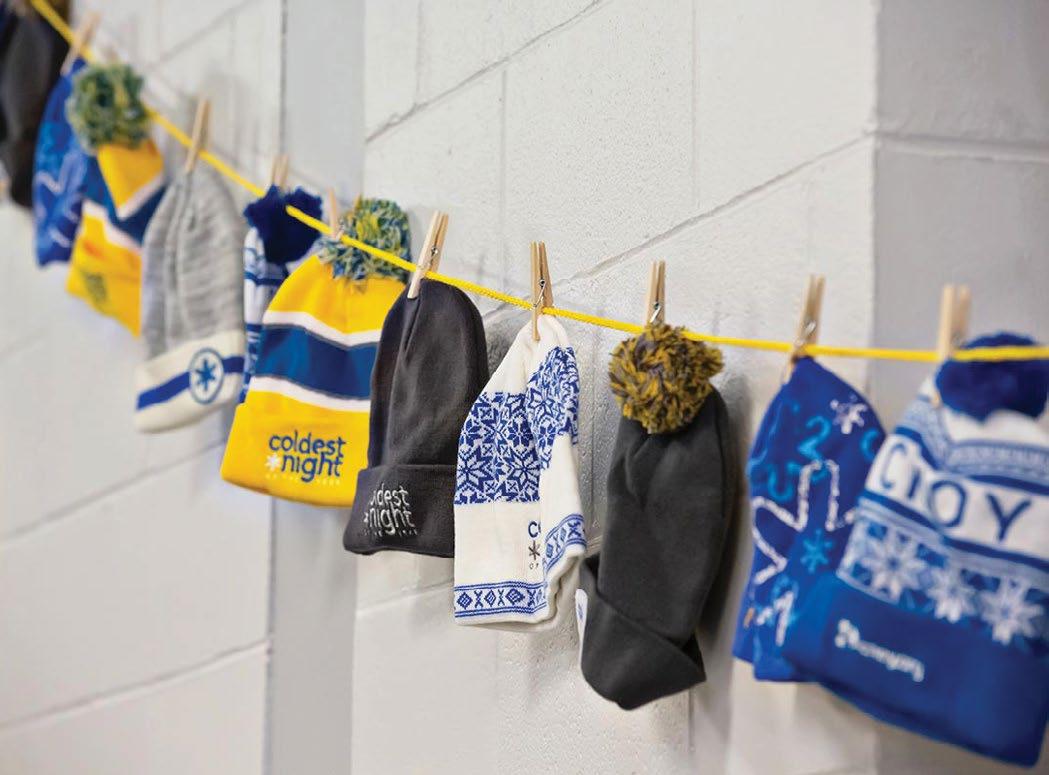
They Went Walking…But
Not Together. What better way to continue to hold an annual walking fundraiser called Coldest Night of the Year (CNOY) than go to virtually virtual? The yearly event can’t be held as a

COURTESY ST. VINCENT PLACE
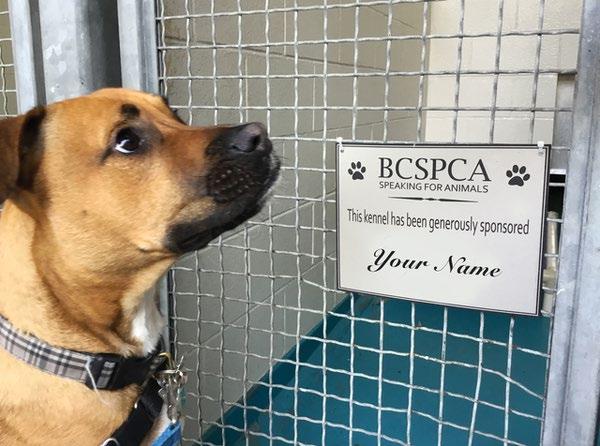

The Splash, David Hockney (1966)
research and is happy to wade through detailed reports by experts... all of which can be done online.”
The battle to acquire the portrait of a Young Man Holding a Roundel, attributed to Botticelli, ultimately brought together just two collectors. But these two determined bidders raised the price of the work to Sotheby’s very audacious estimate in the midst of a global pandemic. Announced in September 2020, its sale deliberately left three months for all concerned to conduct the necessary research.
Now let’s jump the channel to London, held back by its COVID variant and Brexit among other problems. The British capital usually hosts the year’s second round of major sales. In February 2020, three paintings fetched over $20 million each at London sales, (The Splash (1966) by David Hockney; A la Rencontre du Plaisir (1962) by René Magritte; Portrait of Marjorie Ferry (1932) by Tamara De Lempicka). But the health crisis has led to the postponement of London’s first major sales of the year to March 2021. Moreover, the effective withdrawal of the United Kingdom from the European Union risks weakening London’s dominant position in this part of the world. Paris obviously hopes to benefit from this reorganization. The French capital is also continuing to attract more and more top talent from the Art Market. Since the beginning of the year, two of Italy’s most powerful galleries, Continua and Massimo de Carlo, have opened in the Marais District, while Sotheby’s is preparing to sell Christo and Jeanne-Claude’s prestigious collection in Paris.
The next few weeks promise to be exciting on the art market, both at auctions and in art galleries… some reassuring news ahead of the reopening of museums everywhere. Problem solved. Now, who’s in the hat for the next $20 million buy? • • • • • • • • • • • • • • • • • • •
Are You Really Out There?
Frost & Sullivan’s recent analysis, Future of User Interfaces Shaping New Consumer Experiences, finds that user interface (UI) technologies have moved beyond the concept of simply representing machines to their users to enabling sophisticated and personalized interaction. The COVID-19 pandemic has accelerated their use in healthcare, manufacturing, education, retail, and banking to simplify interactivity and improve engagement. The global augmented/ virtual reality (AR/VR) market is expected to reach $661.40 billion by 2025, at a compound annual growth rate (CAGR) of 86.3 percent from 2019 to 2025, driven by contactless commerce. Beyond 2030, AR and VR will merge, allowing users access to the total realityvirtuality continuum. Meanwhile, the global biometrics market revenue is forecast to reach $54.97 billion in 2025, with nextgeneration identification, palm vein and behavioural biometrics experiencing significant demand. We’re putting this out there folks: There must me some brilliant and highly successful way for a big charity to turn this technology into big fundraising. Anyone doing this? Looking at it? Is there something we can all chip in to make this a reali..er, sorry, an augmented reality?




